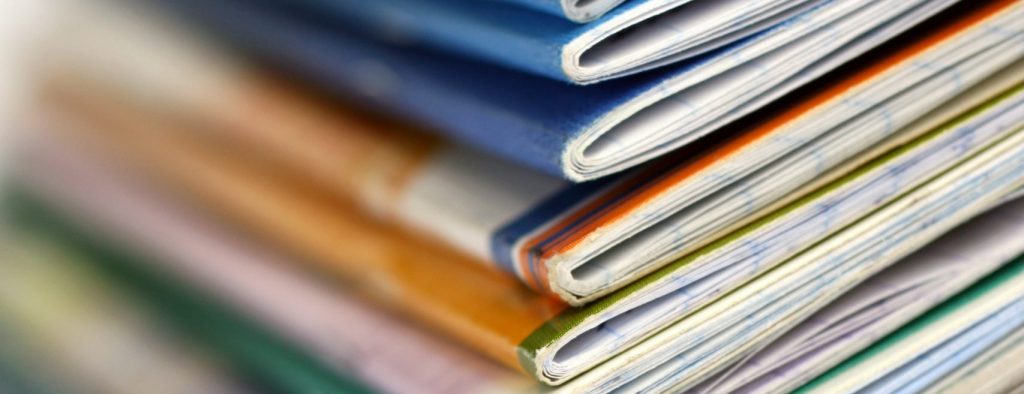01 Mar Batching for Print Shops Futureproofs Your Workflow
Batching for print shops is a best practice for high-performers. It keeps presses running with as few interruptions as possible.
How can batching work for you?
Many printers are familiar with the idea of joining small jobs together to create longer print runs. The difference? Batching brings intelligence, precision, and automation to the process. But batching is different from concatenation, which printers may use to stack files into a single print run. Batching rules can be built and managed based on job attributes to optimise production. This helps to meet service level agreements (SLAs), production demands, or unique processing based on the customer’s requirements.
The concept of batching for print shops refers to groups of jobs that share common elements. These elements allow them to be processed and printed together. Print jobs might share a common colour profile, paper, or finishing path… But they might also arrive from a variety of applications and network locations on different schedules. Building batch print job queues to hold, then release files when the assigned criteria are met streamlines production and increases efficiency.

Is batch printing new?
Commercial printers have used batching for print shops for decades. They often take batch jobs from multiple clients and use nesting or ganging applications to increase print capacity. Labels, hang tags, and even business cards can share a common sheet for printing and then be separated based on their finishing requirements. Applying similar batching techniques to business, transaction, direct mail, and other types of printing helps to eliminate the hands-on efforts to manage the growing number of short-run jobs — a constant challenge for many print shops.
How to start:
-
- Look at job data to identify the common job types you manage.
- Look at physical job elements, like the paper and finishing, but then look at more granular elements.
- Consider the colour profiles and ink levels.
Batches should have similar ink profiles, so keep graphically rich brochures separate from files with fewer graphic elements like invoices. Keep dark colour profile work separate from lighter profiles.
A best practice when planning your batch print jobs is to use the variations in the print applications to develop job queues to automate capturing inbound jobs and routing them. While many print shops use hot folders to manage jobs, that basic form of automation does not have the software intelligence for batching. If there are both cut-sheet and continuous devices, moving jobs between them takes careful planning. RICOH TotalFlow BatchBuilder is a purpose-built solution that supports both cut-sheet and continuous print devices that fulfil long and short-run requirements. It can help streamline the management of diverse print work and eliminate the need to rekey job information.
How can you start batch printing?
Batching will elevate your print shop. Batching helps to reduce paper waste that occurs as jobs start up and increase uptime for print devices by leveraging standard setups. Whether you acquire a batching solution or do it yourself, this is a best practice for your print shop.
Be sure to check out our 6-part ecosystem series for in-plant and print service providers for more information on each stage of your print production and contact us if you have any questions.



